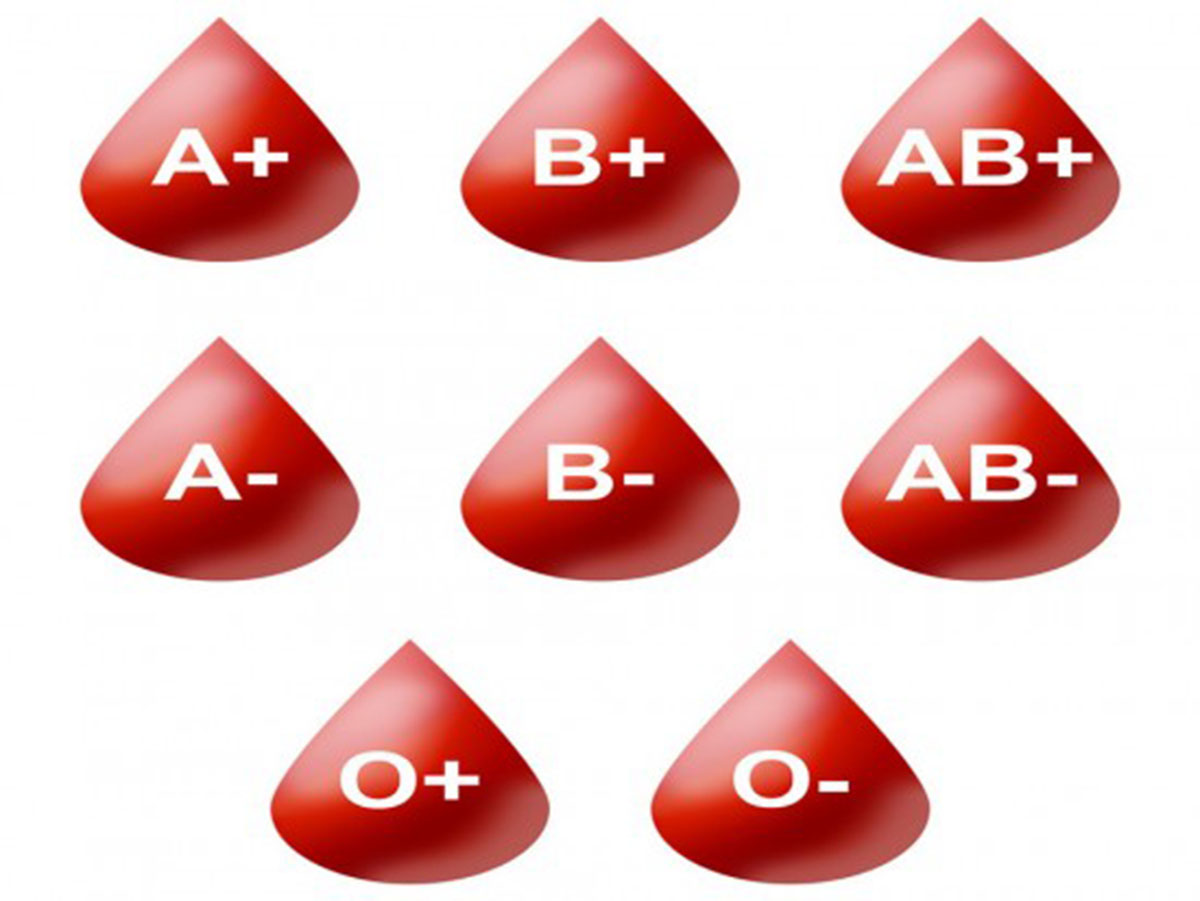

Type AB-positive blood is called the "universal recipient" type because a person who has it can receive blood of any type. It is called the "universal donor" type because it is compatible with any blood type. Type O-negative blood does not have any antigens. A transfusion reaction can be mild or cause a serious illness and even death. This is called a transfusion reaction, and it occurs immediately when incompatible blood is transfused. If you get a transfusion that has different antigens (incompatible blood), the antibodies in your plasma will destroy the donor blood cells. have type AB blood, with 1% having AB-negative (AB-) blood and 4% having AB-positive (AB+) blood.īlood received in a transfusion must have the same antigens as yours (compatible blood). About 5% of people (5 in 100) in the U.S. Your plasma does not have antibodies against type A or type B blood. have type O blood, with 9% having O-negative (O-) blood and 39% having O-positive (O+) blood. About 48% of people (48 in 100) in the U.S. Your plasma has antibodies that attack both type A and type B blood. have type B blood, with 2% having B-negative (B-) blood and 9% having B-positive (B+) blood. About 11% of people (11 in 100) in the U.S. Your plasma has antibodies that attack type A blood.

About 36% of people (36 in 100) in the United States have type A blood, with 6% having A-negative (A-) blood and 30% having A-positive (A+) blood. The liquid portion of your blood (plasma) has antibodies that attack type B blood.

If your red blood cells have: The A antigen. The ABO test shows that people have one of four blood types: A, B, AB, or O. So the two most common blood type tests are the ABO and Rh tests.

The most important antigens are blood group antigens (ABO) and the Rh antigen, which is either present (positive, +) or absent (negative, -). Blood type tests may also be done to see if two people are likely to be blood relatives. Human blood is typed by certain markers (called antigens) on the surface of red blood cells. This process allows us to collect more red cells, which are the most critical part of an O Negative blood donation.įind out more about Targeting Your Type as an O Negative blood donor.Blood type tests are done before a person gets a blood transfusion and to check a pregnant woman's blood type. During a double red cell donation, your blood is separated into its components during the donation process and the platelets and plasma portion are returned to you. Some donors may qualify for double red cell donations. That’s the type of donation you’ll find on most bloodmobiles.ĭuring whole blood donation, a pint of blood is taken from the donor and then later separated into its components – red blood cells, platelets and plasma. You’re probably familiar with whole blood donation. So, yes, we want your blood donation, we need it. When someone with O Negative blood has an accident or undergoes surgery, they must receive an O- transfusion. But it is also the only blood type that can save O Negative recipients. O Negative blood can help save any and all trauma patients, premature babies, and cancer patients. In fact, O Negative blood is often used for premature infants and babies who need blood transfusions. Once doctors determine the patient’s blood type, they can switch to that type of blood.īut even then, O- blood is still an option. It is estimated 7 percent of the population has O- blood type while only 1% of the population has AB- blood.īut because the red blood cells of O- blood donors can be transfused into patients with any blood type, it is often the first choice for transfusions necessary in trauma situations. Myth: O Negative blood is the rarest blood typeĬontrary to popular belief, O- blood is not the rarest blood type.


 0 kommentar(er)
0 kommentar(er)
